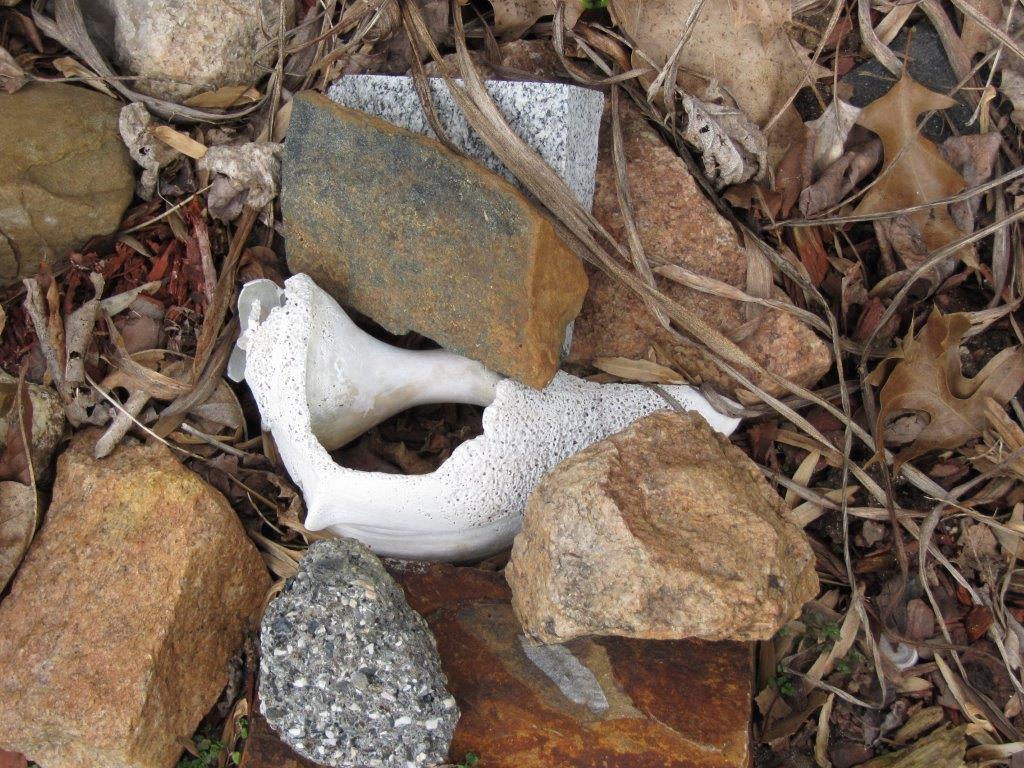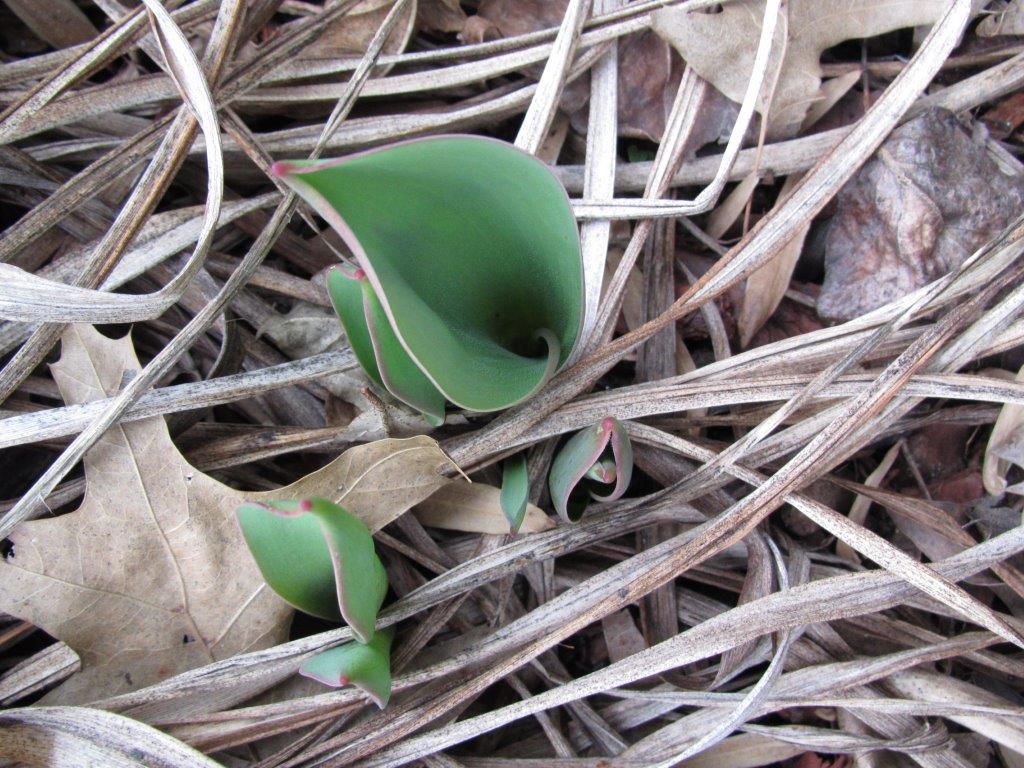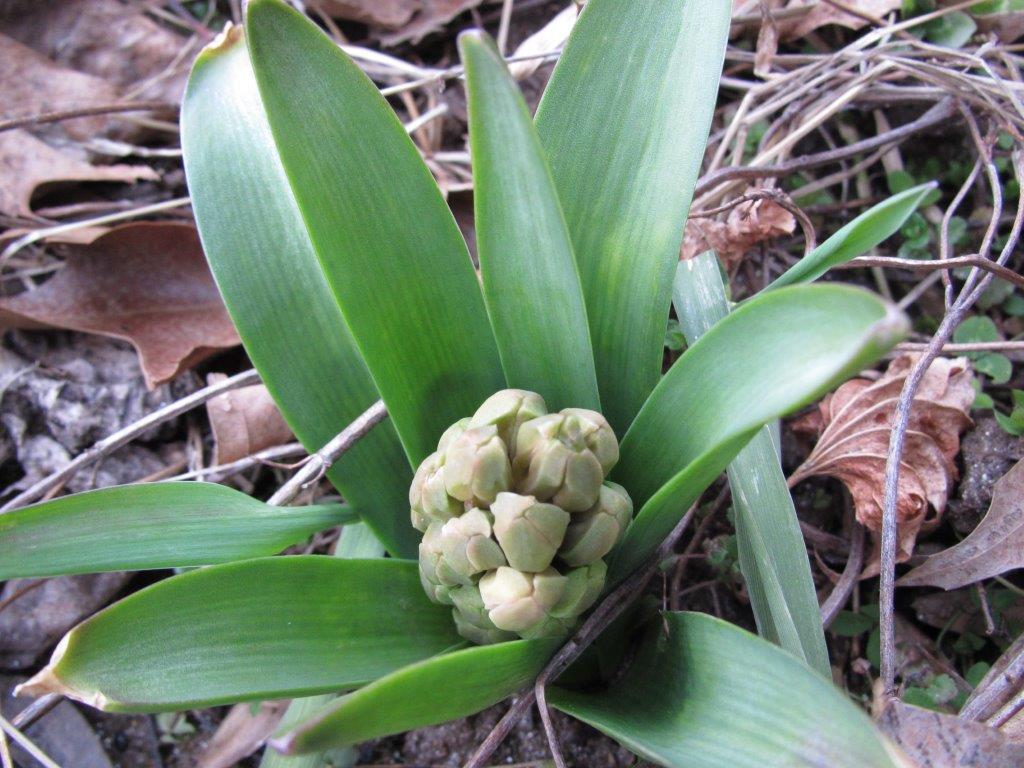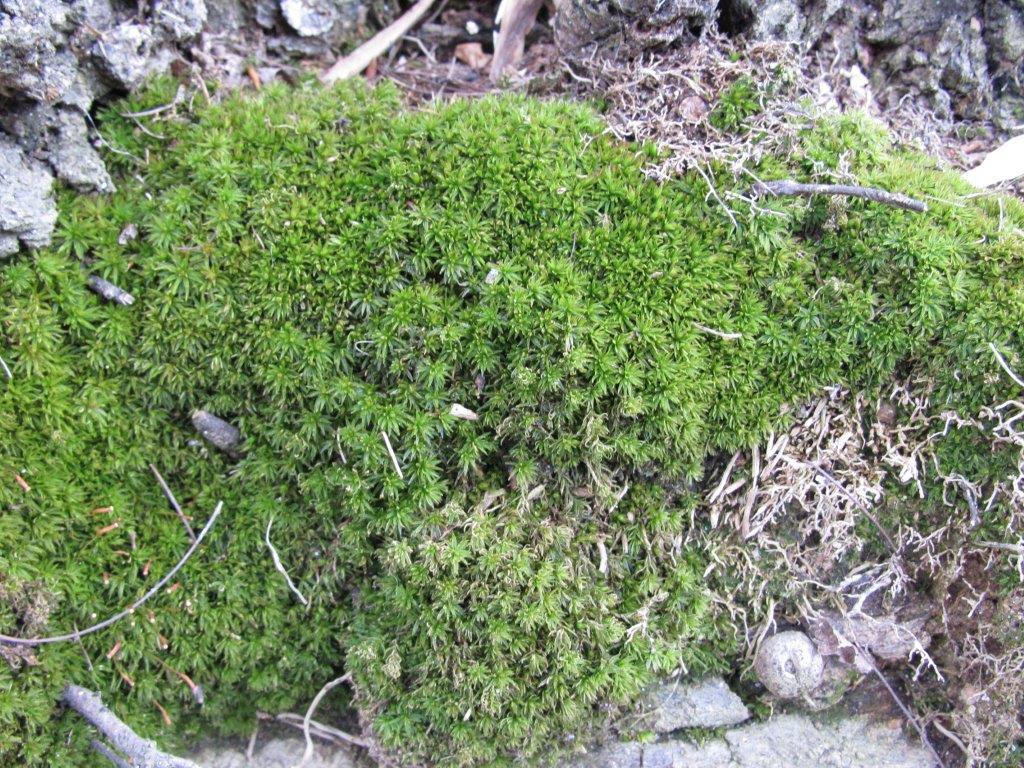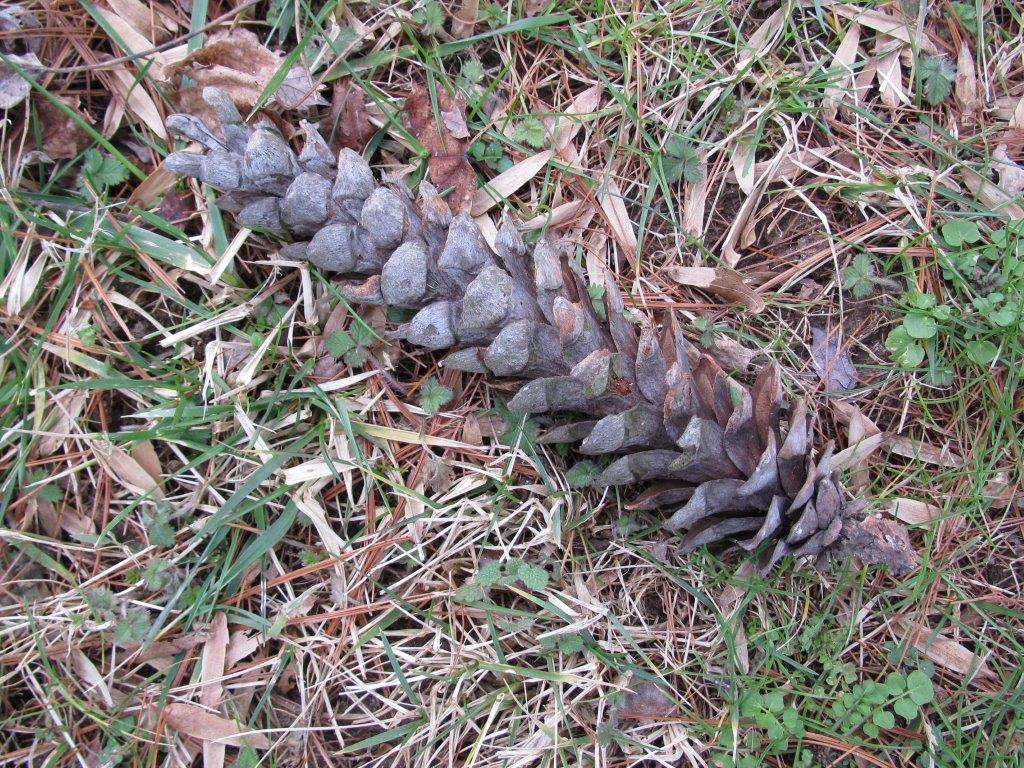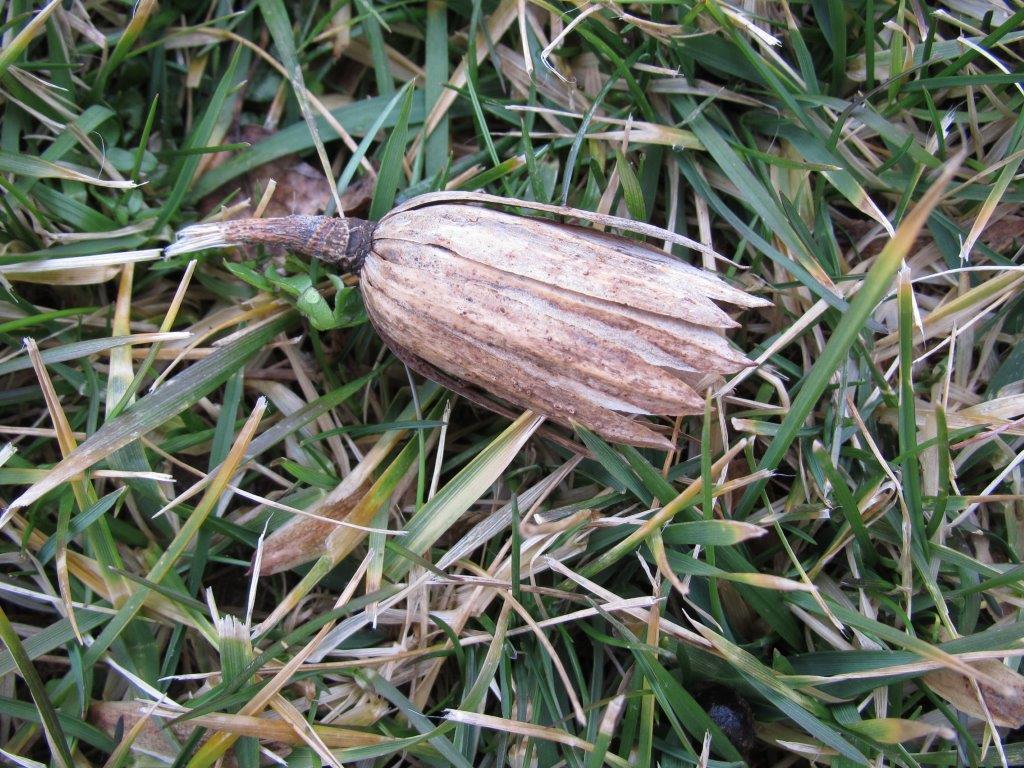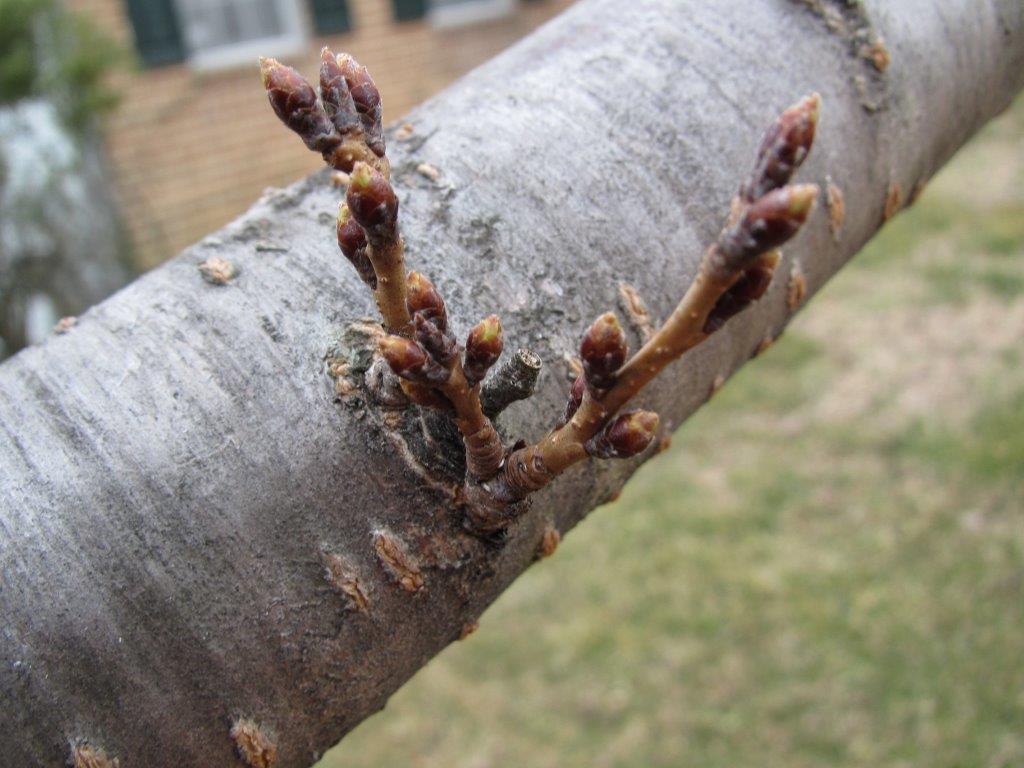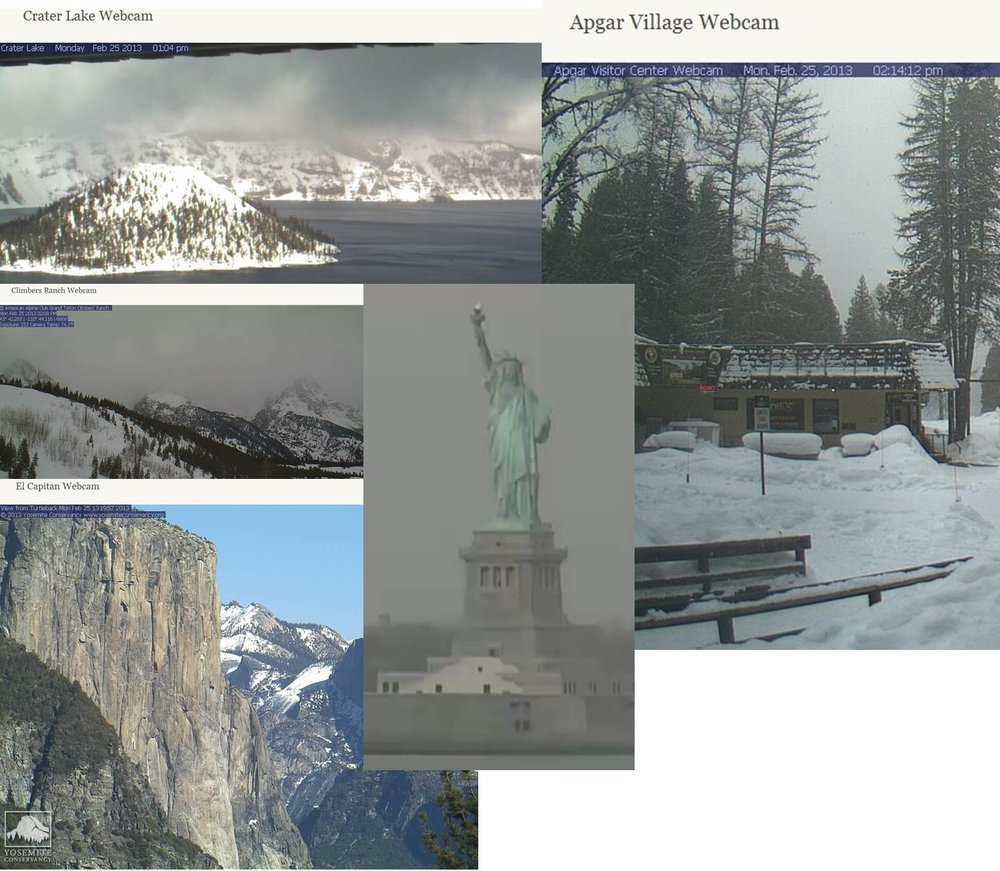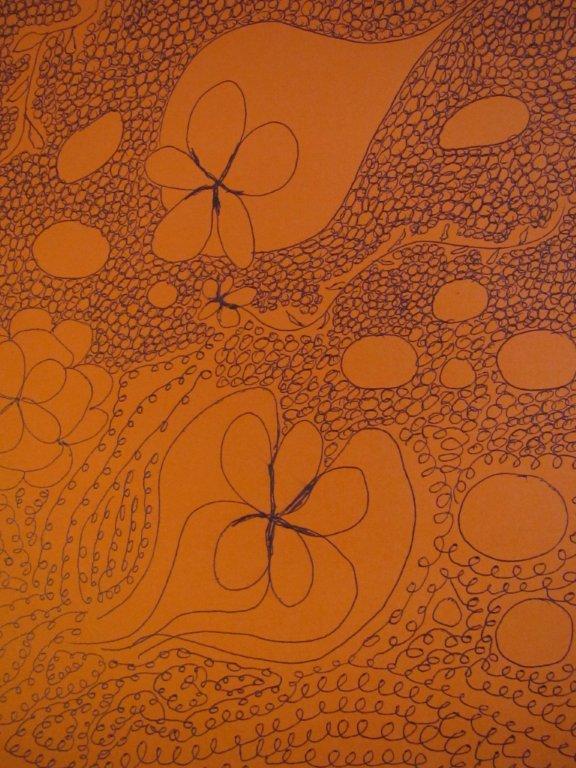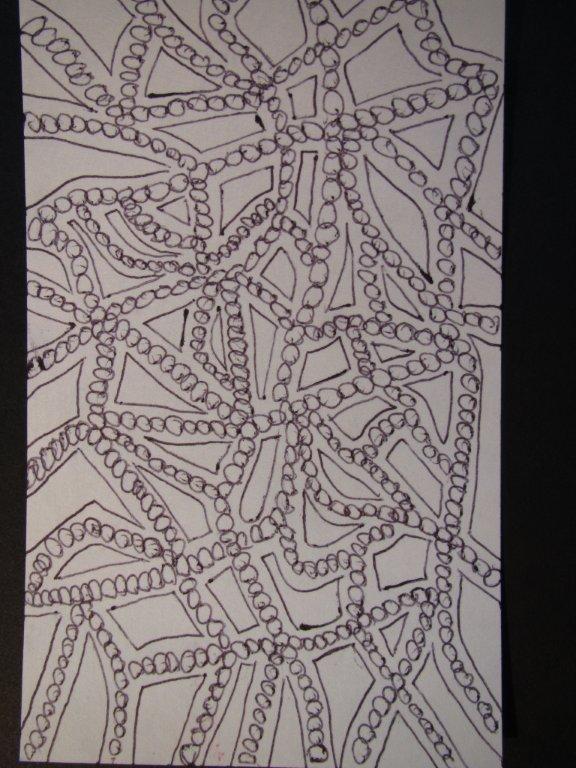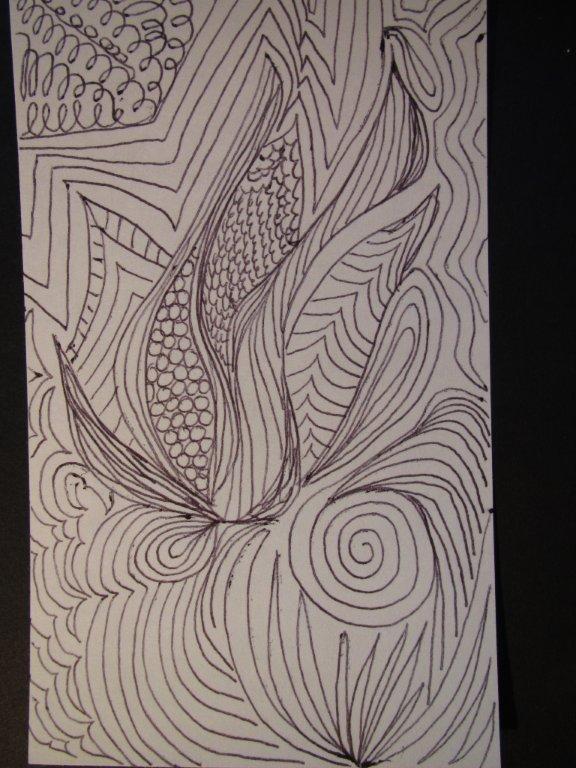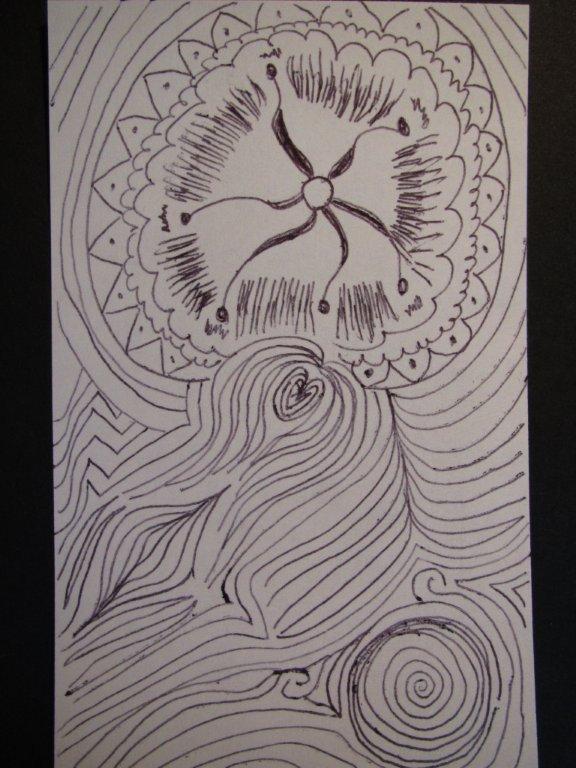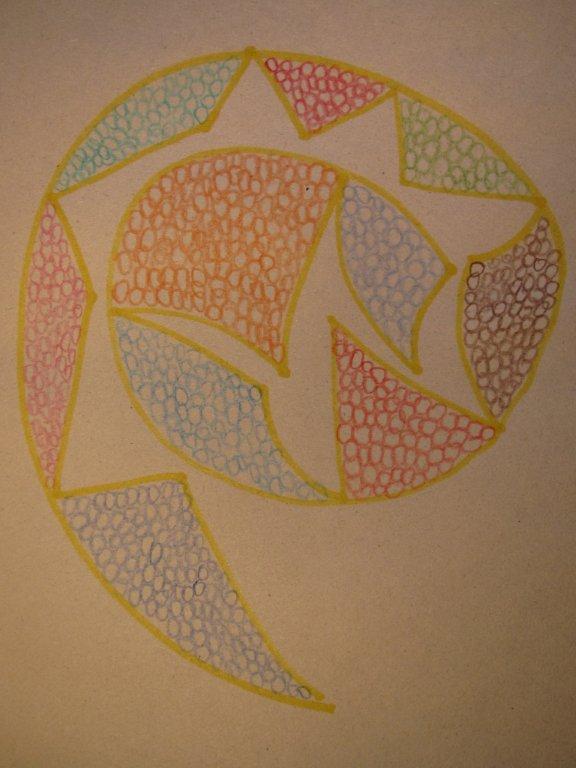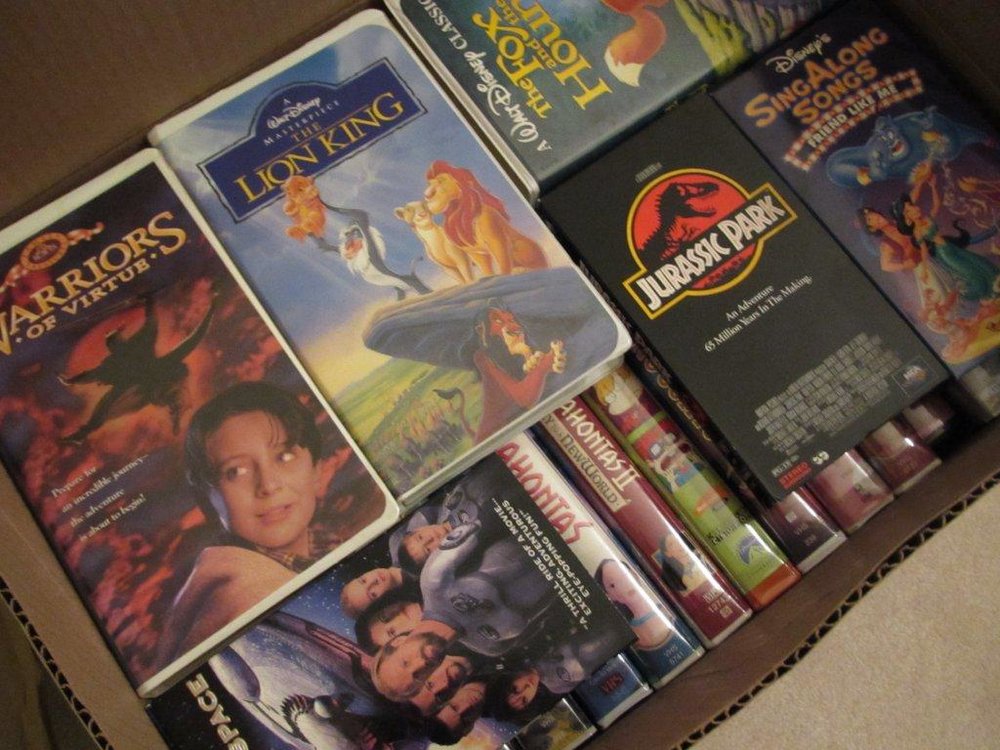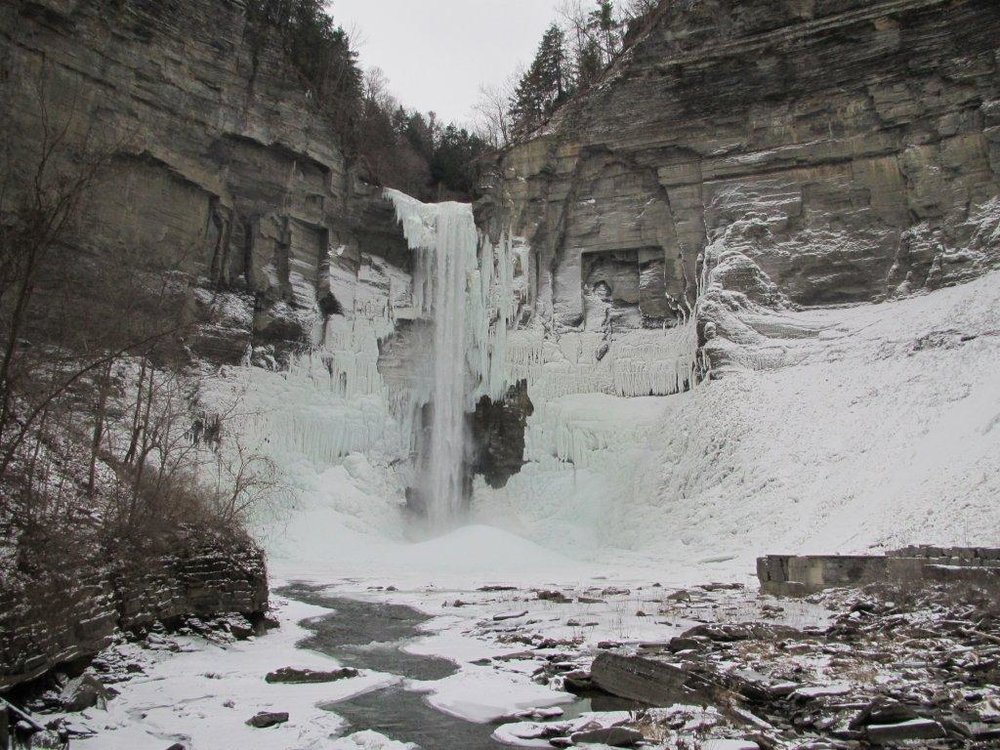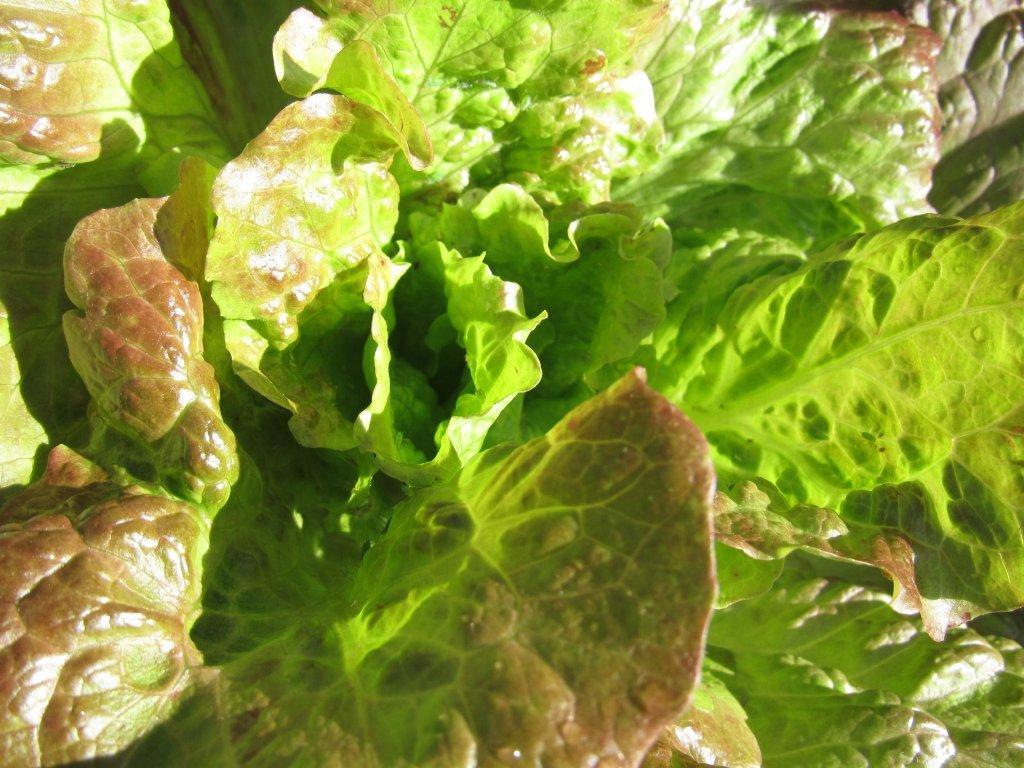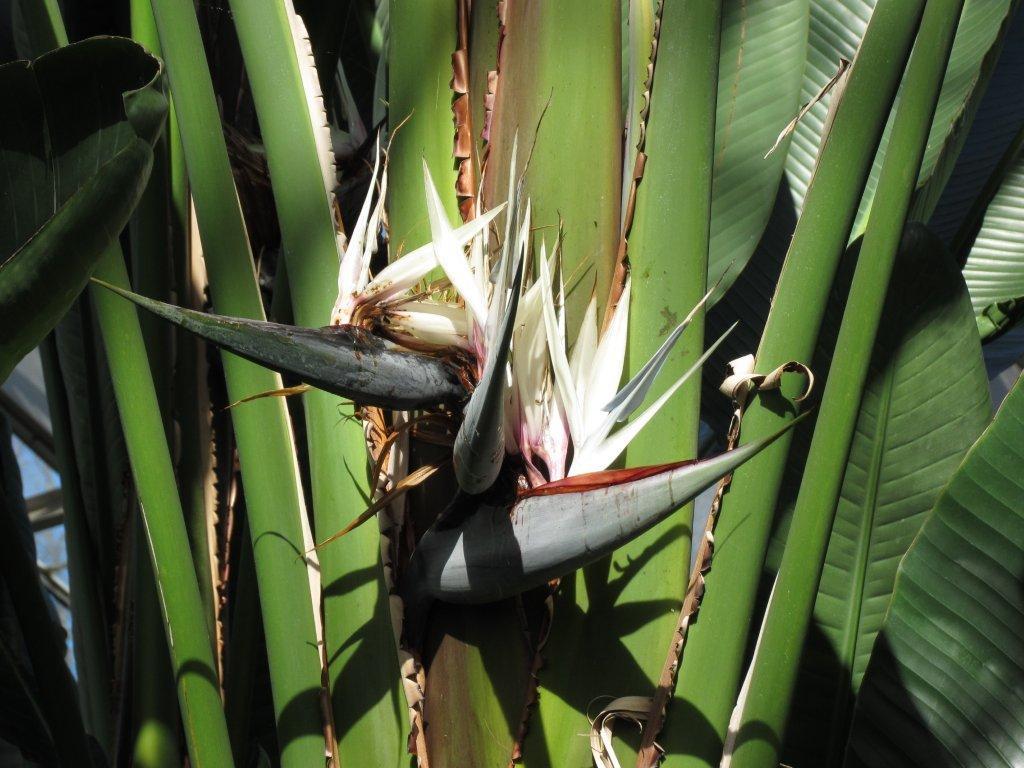Back in August 2012, I posted about finding something to celebrate each day. It’s an easy thing for me to do and the habit of writing it down reminds me to be grateful for these and a myriad of other things in my life. Here are some ‘little celebrations’ I’ve noted this month:
Sweet potato with cinnamon. The smell of cinnamon wafting through the kitchen on a winter’s evening….its flavor melding with the sweet potato to make the vegetable the high point of the meal. It’s just a bonus that the rich orange of the sweet potato make is visually appealing too.
Low weight and high 401K. Having two metrics trend in the desired direction on the same day is something to celebrate!
Being a matriarch now rather than in 1913. I posted about this thought on the day I was celebrating. Even with the acrimonious political situation in the country right now - there are so many advantages to living now rather than 100 years ago.
A rainy day at home. Sometimes a gray day spent at home has such a huge recuperative power that it is worth celebrating.
A flock of blue jays. The jays looked like a cohort that had spent the winter together….and not a very easy one. They were scruffy looking. For all that - their morning chatter was cheerful and it enjoyed their presence on a cold day through the window.
Sounds of melting snow. The snow was only a little over an inch on the ground and rooftops but the temperature climbed so rapidly one the snow came up that the gurgling of water in the gutters and drain spouts….the plops of snow falling from branches….it sounded very much like a harbinger of spring.
Plans for travel. I enjoy travel but this month I’ve realized that I enjoy the planning and anticipation too. I’m celebrating that…..and looking forward to travels coming in the spring.
 Dark chocolate. Dark chocolate is a food I celebrate every day because it is the treat I don’t give up completely no matter how strict the diet I pick for the day.
Dark chocolate. Dark chocolate is a food I celebrate every day because it is the treat I don’t give up completely no matter how strict the diet I pick for the day.
Nature Center Friends group. Finding a good fit for volunteer efforts is always something to celebrate. I found mine working with a Friends group for a local nature center.
Majesty of tall trees swaying in the wind. The trees of the forest behind our house are quite tall. They are dominated by tulip poplars. Their tops move significantly in the winds but - so far - they have all stayed upright. I suspect that the trees are supported by being in a forest rather than alone in a yard. Seeing the bare branches move against the sky is a celebration of life on earth reaching outward while still bound to the planet.

